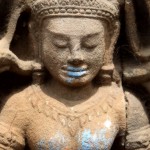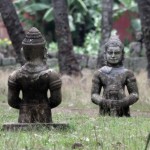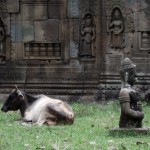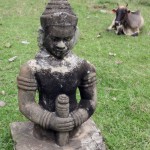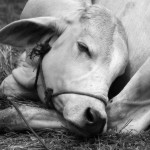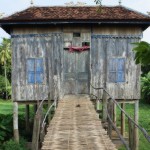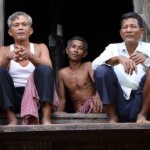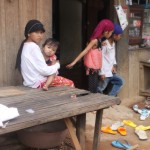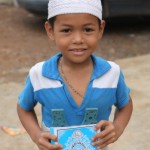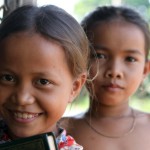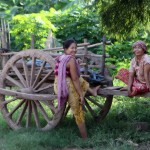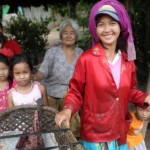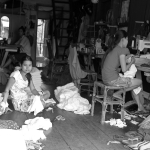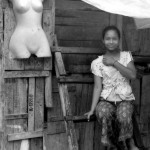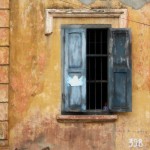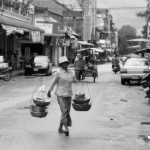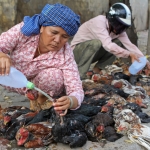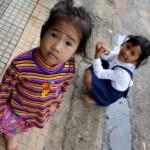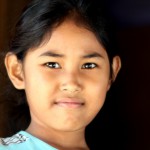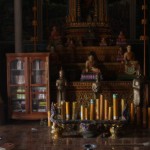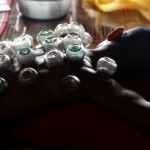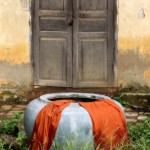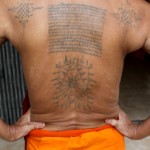|
INTRODUCTION TO GALLERY
Press Esc to close
INTRODUCTION TO CAMBODIA GALLERY A floating house/fishing boat on a tributary of the Mekong from centuries past and yet made of wood cut no more than 20 years ago, and a similarly old cart whose design has not changed since the days of the Angkor kingdom's apogee; ancient friezes chiseled in stone of their people fighting the Cham; these and other stone carvings conceived by minds and carved by hands that have long since left this earth; the Cham whose country was swallowed up by the Vietnamese centuries ago, practicing Islam, mostly along waterways as if to provide easy escape, in a predominately Buddhist country not really their own; a portion of a French colonial era, a decorative bed frame--where victims of the Khmer Rouge were tortured at Tuol Seng; life on the Stung Sangke; innocent faces of youth; rural labor and relaxation—two women resting on a wood cart, and a family gathering in Kampong Cham at the end of a work day in the countryside; a man mends his net on the prow of a boat in the Mekong as the sun rises, a woman relaxing outside her makeshift house next to the torso of a hanging mannequin, and two men finishing up their day's harvest as the sun sets in Battambang, a sweatshop on Phnom Penh's fashion street, and a couple forcibly pours water into the mouths of their chickens at a Phnom Penh corner; human canvases recording internationally recognizable devotion mixed with even older folk charms; moments of public praise and offerings; the emblematic Buddhists’ saffron orange robes moving through the varied, green landscape, framed in ancient stone or teased by hints of morning light as they are hung to dry outside, or in a darkened interior as young monks sit to eat their one meal of the day. I enjoyed taking pictures of young kids in Cambodia because they are inextricable from their surroundings and so open to outsiders in stark comparison to the urban world I inhabit where kids (and adults) seem to spend ever increasing amounts of their free times focused on electronic screens. The most striking memory I walked away with from the monuments of Angkor are the asparas and the beauty of their physiques as well as costumes even when carved in stone. Similarly the simple beauty of the lean man with his morning catch of fish in Siem Reap would suggest a model if the picture had been taken in a wealthier country where such a physique would most likely result only from many hours at a gym.
|
||||||||
